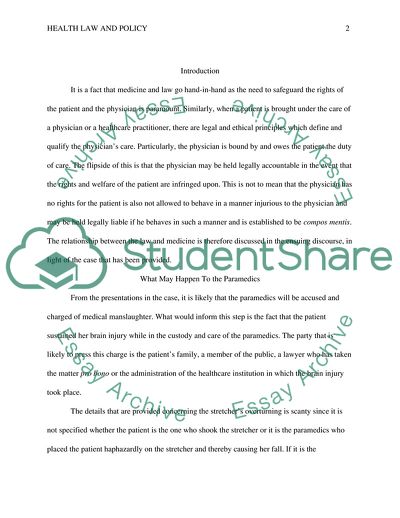Cite this document
(Health Law and Policy Report Example | Topics and Well Written Essays - 1750 words, n.d.)
Health Law and Policy Report Example | Topics and Well Written Essays - 1750 words. https://studentshare.org/law/1829772-health-law-and-policy
Health Law and Policy Report Example | Topics and Well Written Essays - 1750 words. https://studentshare.org/law/1829772-health-law-and-policy
(Health Law and Policy Report Example | Topics and Well Written Essays - 1750 Words)
Health Law and Policy Report Example | Topics and Well Written Essays - 1750 Words. https://studentshare.org/law/1829772-health-law-and-policy.
Health Law and Policy Report Example | Topics and Well Written Essays - 1750 Words. https://studentshare.org/law/1829772-health-law-and-policy.
“Health Law and Policy Report Example | Topics and Well Written Essays - 1750 Words”. https://studentshare.org/law/1829772-health-law-and-policy.


